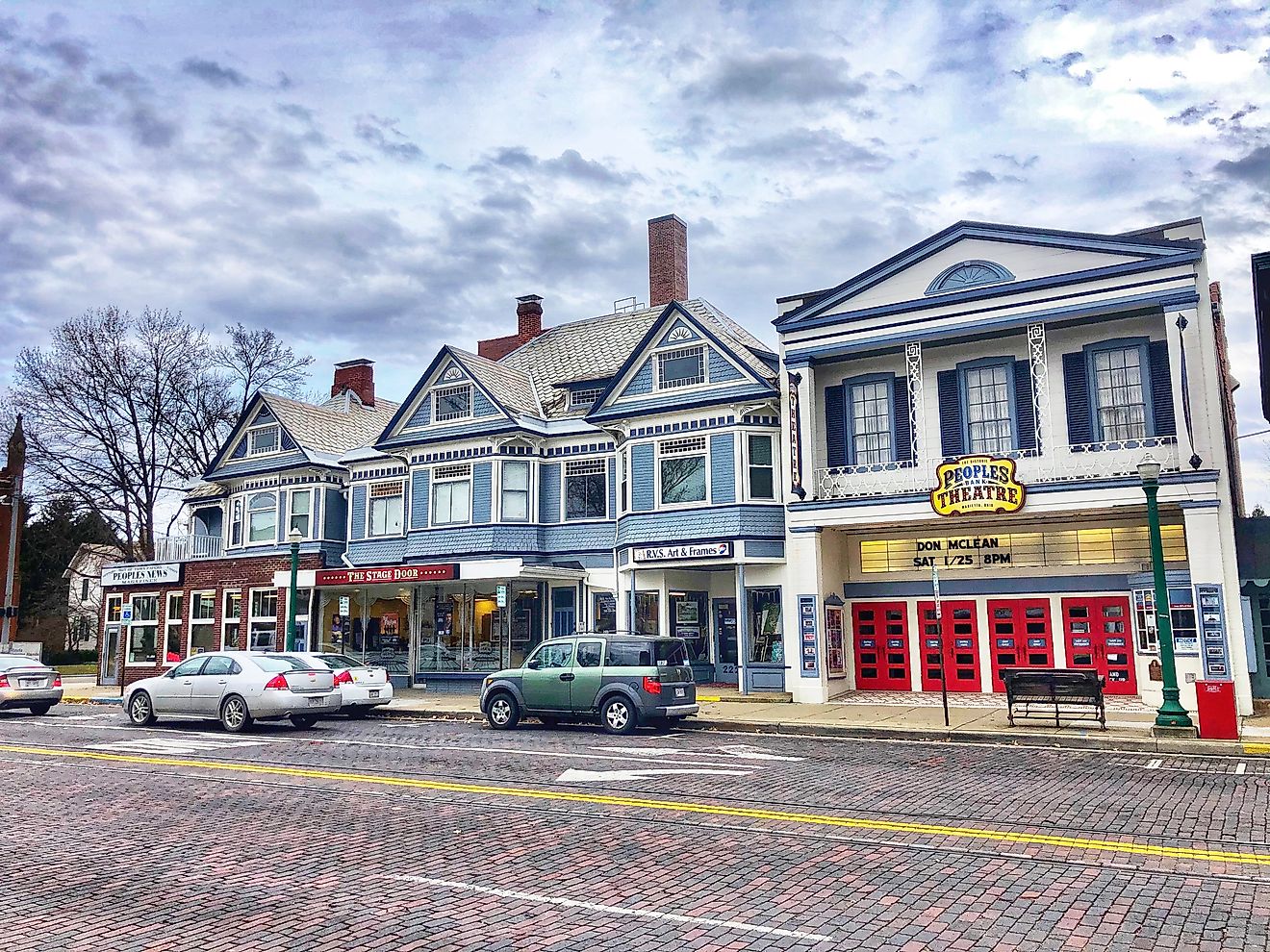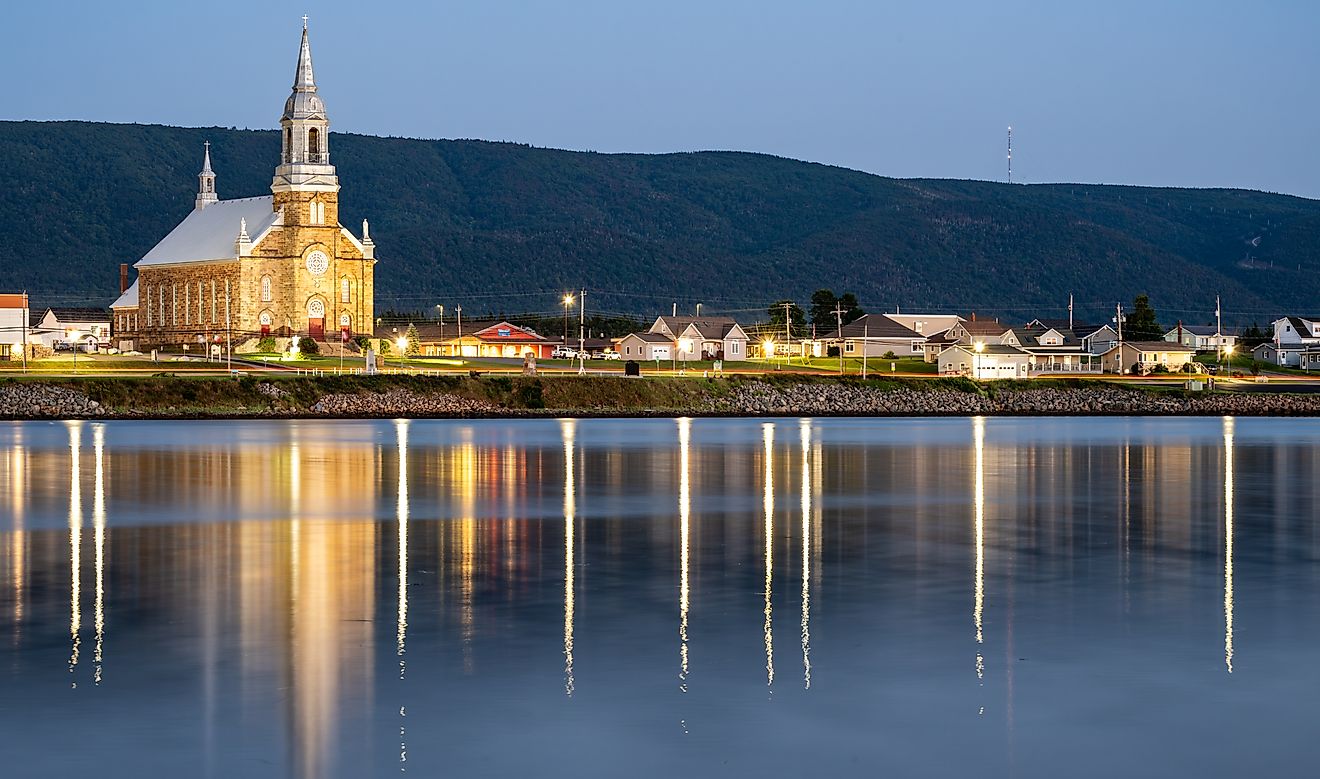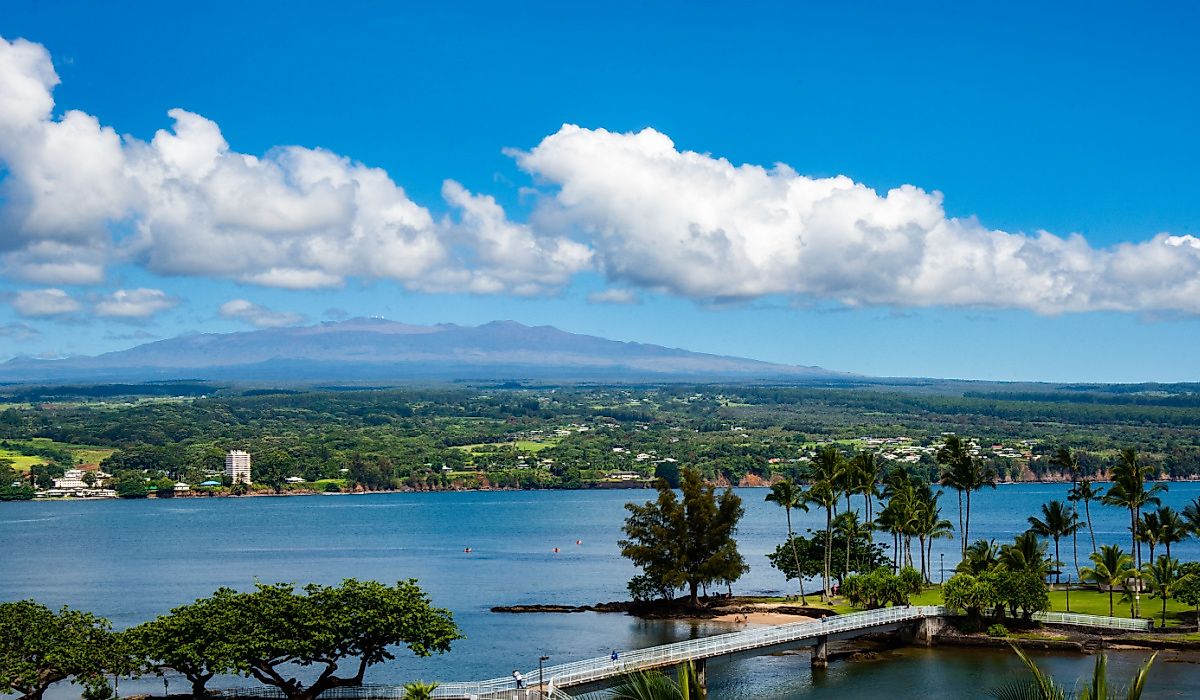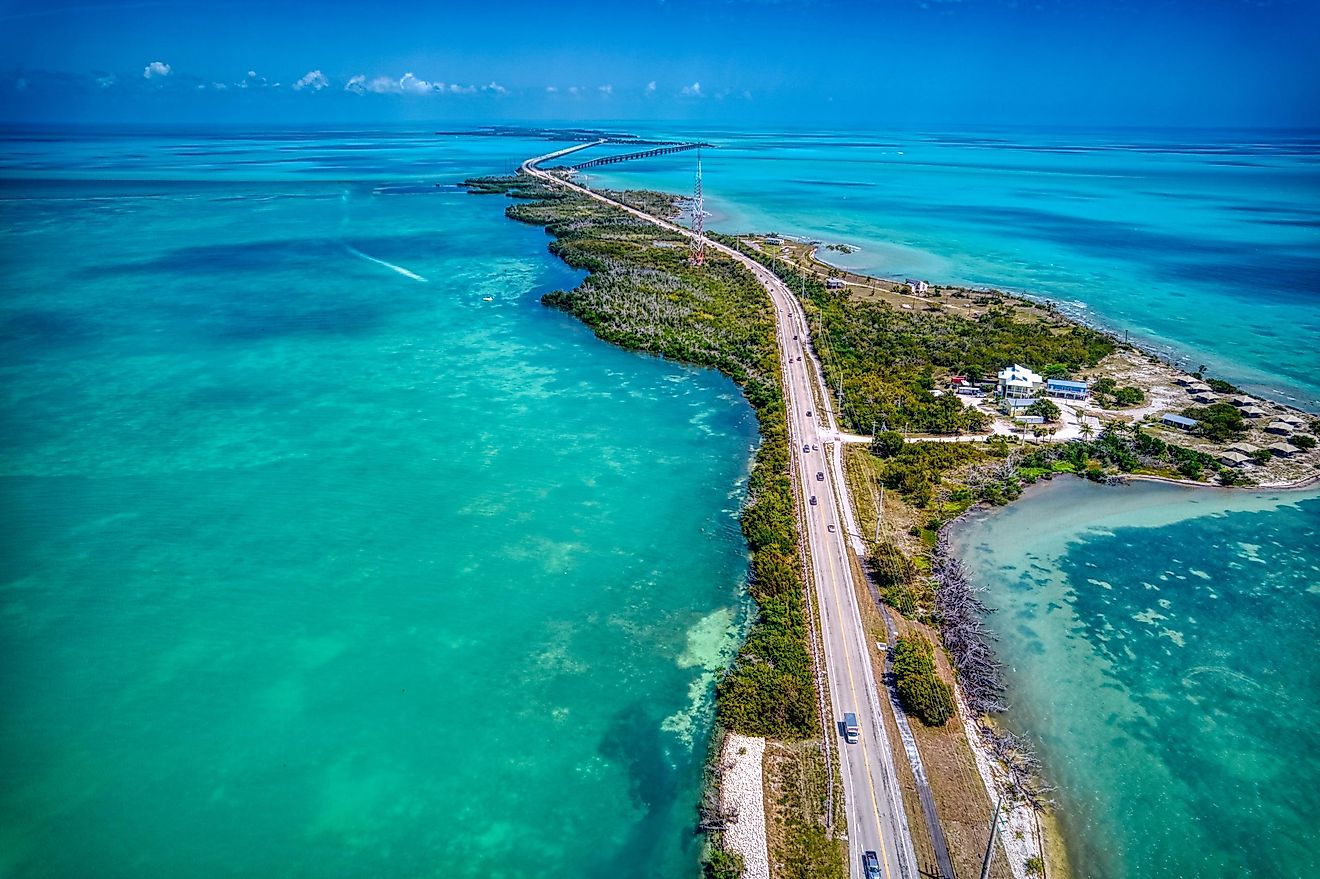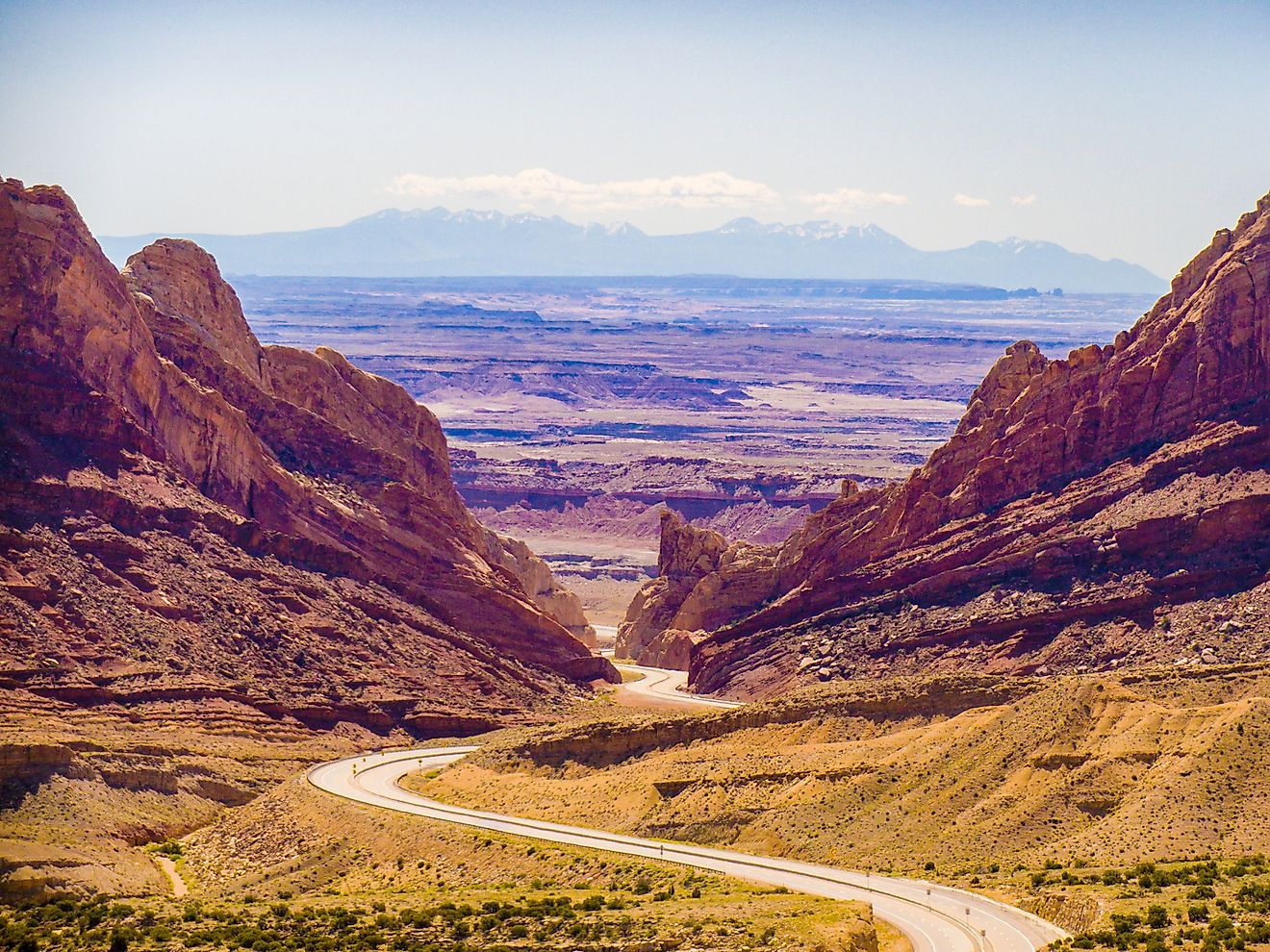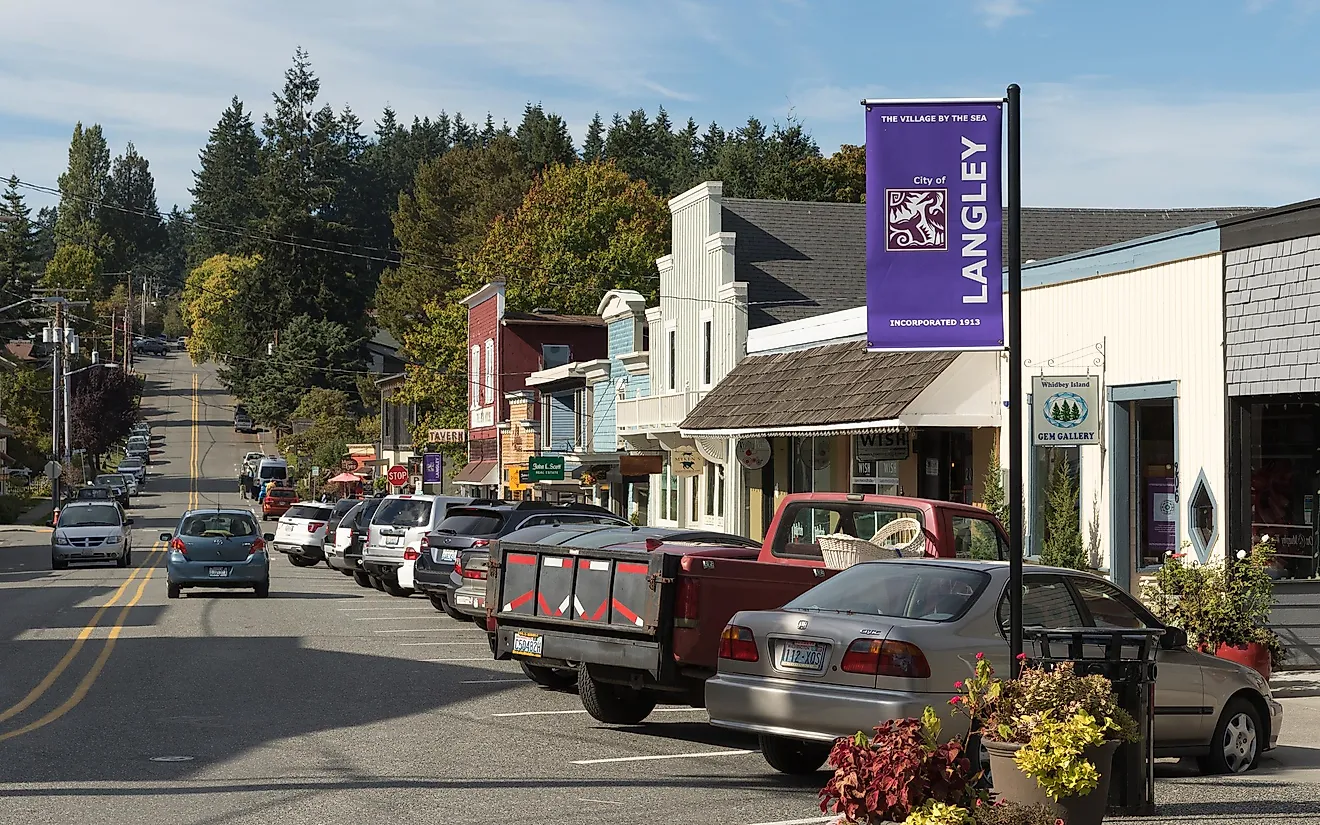UNESCO World Heritage Sites In Switzerland
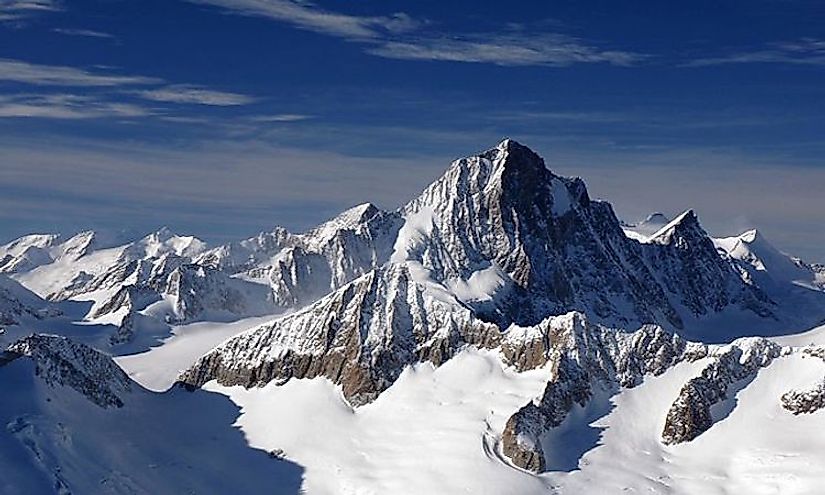
The proximity of the Alpine mountains to Switzerland gives the country some of UNESCO's best natural world heritage sites. The formidable Swiss Alps which attract thousands of climbers and millions of tourists annually form an important sector of the economy of the country. Monte San Giorgio, another natural world heritage site, is the largest Triassic fossil laboratory in the whole world. The ancient monuments of the Covenant of Gall and St. John at Müstair conserve and protect a history dating back to the Carolingian period. The manuscripts, architectural work, and the history preserved in these monuments are priceless. With about nine cultural and three natural UNESCO world heritage sites, the beautiful sceneries of the country are exceptional.
Abbey Of St. Gall
The Carolingian Convent of St Gall is a dissolved abbey of a monastery in the City of Gallen, Switzerland. Built in the 18th century, the Convent remained operational till its secularization in 1805. It has one of the richest and oldest libraries in the world the Plan of Saint Gall lies here. From 1755 to 1768 portions of this historical building were remodeled in the Baroque style. The site is an exceptional architectural work comprising of monuments regrouped around a main square of the abbey. The ancient abbatial church which is today’s cathedral is flanked by two towers and an old cloister; which holds the library, on the West side. The Neue Pfalz where the present canton authorities sit is to the east and structures such as the old arsenal, and the Children and Guardians Angels Chapel lie to the north. The heritage site is the perfect example of a Benedictine monastery, a center of art and knowledge derived from the libraries and its scripts. The federal, canton and communal laws preserve and protect the Abbey of St Gall. The national legislation foresees any work around the Sanctuary, and the Canton law protects the archeological discoveries from the site. UNESCO inscribed the Abbey in 1983 as a world cultural heritage site.
Benedictine Convent Of St. John At Müstair
The convent of Müstair, standing in the valley of Grisons, is the ideal example of a Christian monastic renovation which existed in the Carolingian age. Founded in 775, it went on to become a center of Benedictines and also a women’s abbey in early 12th century. The church is still in operation today with convent ensemble of the Saint Cross Church, the Carolingian Convent Church, the ancient residences of the Bishop, and the residential towers of Abbess Von Planta. The site protects the greatest and precious paintings of the Roman era, especially the Carolingian period. It is the typical example of the history surrounding its construction and the political, social, and economic activities of the valley for more than a millennium. The heritage site is subject to the highest levels of protection possible in the country. The federal and the Confederation oversee any works intended for the site. The property location in a local town gives it public protection. The Foundation and Benedictine Sisters convention also conserve the site. UNESCO declared it a cultural world heritage site in 1983.
Swiss Alps Jungfrau-Aletsch
As the largest glacial in Eurasia, the high mountains of the Swiss Alps are an excellent landscape. The mountains feature a diverse ecosystem which is rich in information on the formation of mountains and glaciers and the ongoing climate changes. The plan succession; plant colonization and succession in the wake of retreating glaciers, is a priceless ecological and biological importance found within the woods of these mountains. The beauty and the adventure found only in the altitude of the steep and forbidding escarpments of the mountain ranges have contributed a lot to the alpine tourism, the European art, literature, and mountaineering. The Swiss Alps Jungfrau-Aletsch is the perfect example of landform formed as early as 20-40 million years ago from uplifting and compression of the tectonic plate. The mountains exhibit crystalline rocks which are as old as 400 million years, thrust over younger carbonate rocks after the northward drift of the African tectonic plate. The U-shaped glacial valleys, horn peaks, valley glaciers and moraines all blend to form a beautiful and historic natural heritage site. UNESCO inscribed the Jungfrau-Aletsch in 2001 as a world natural heritage site. The Swiss government preserves the integrity and authenticity of the Swiss Alps. Key management issues include regulating of tourism, the potential impact of the climate change and coordination between the federal, canton, and communal laws that govern the site.
Monte San Giorgio
The pyramid shaped wooden mountains of Monte San Giorgio near the lake of Lugano is known as the best historical laboratory with fossils of marine life going all the way back to the Triassic Period (245–230 million years ago). In those days a diverse marine life of reptiles, amphibians, bivalves, ammonites, crustaceans, and fish thrived. Land-based fossils of insects, reptiles, and plants are also recorded due to the lagoons proxy to the land. The heritage sites remains a principal point of reference for the future discovery of marine and other fossils of the Triassic period hidden in other parts of the world. The most remarkable part of the heritage is the accessible rock exposures which have retained an intact stratum occurring all over the property. UNESCO inscribed the Monte San Giorgio as a world heritage site in 2003. The site benefits from proper preservation and protection by both the Italian and Swiss Governments. The National, Regional, and Provincial legislatures protect and manage the site. Nature is beautiful. When blended with culture in a sophisticated fusion, the scenery is fantastic. These UNESCO world heritages are an important sector in the tourism industry of the country’s economy. The Swiss government assures complete protection of these sites at the regional, provincial and even interstate levels.
UNESCO World Heritage Sites In Switzerland
| UNESCO World Heritage Sites in Switzerland | Year of Inscription |
| Abbey of St. Gall | 1983 |
| Bellinzona's Three Castles, Defensive Wall, Market Town and Ramparts | 2000 |
| Benedictine Convent of St. John at Müstair | 1983 |
| La Chaux-de-Fonds and Le Locle Watchmaking Town Planning | 2009 |
| Lavaux Vineyard Terraces | 2007 |
| Le Corbusier Architecture in La Chaux-de-Fonds, Corseaux, Geneva, and Zurich | 2016 |
| Monte San Giorgio | 2003 |
| Old City of Berne | 1983 |
| Prehistoric Pile dwellings around the Alps | 2011 |
| Rhaetian Railway in the Albula and Bernina Landscapes | 2008 |
| Swiss Alps Jungfrau-Aletsch | 2001 |
| Swiss Tectonic Arena of Sardona | 2008 |






